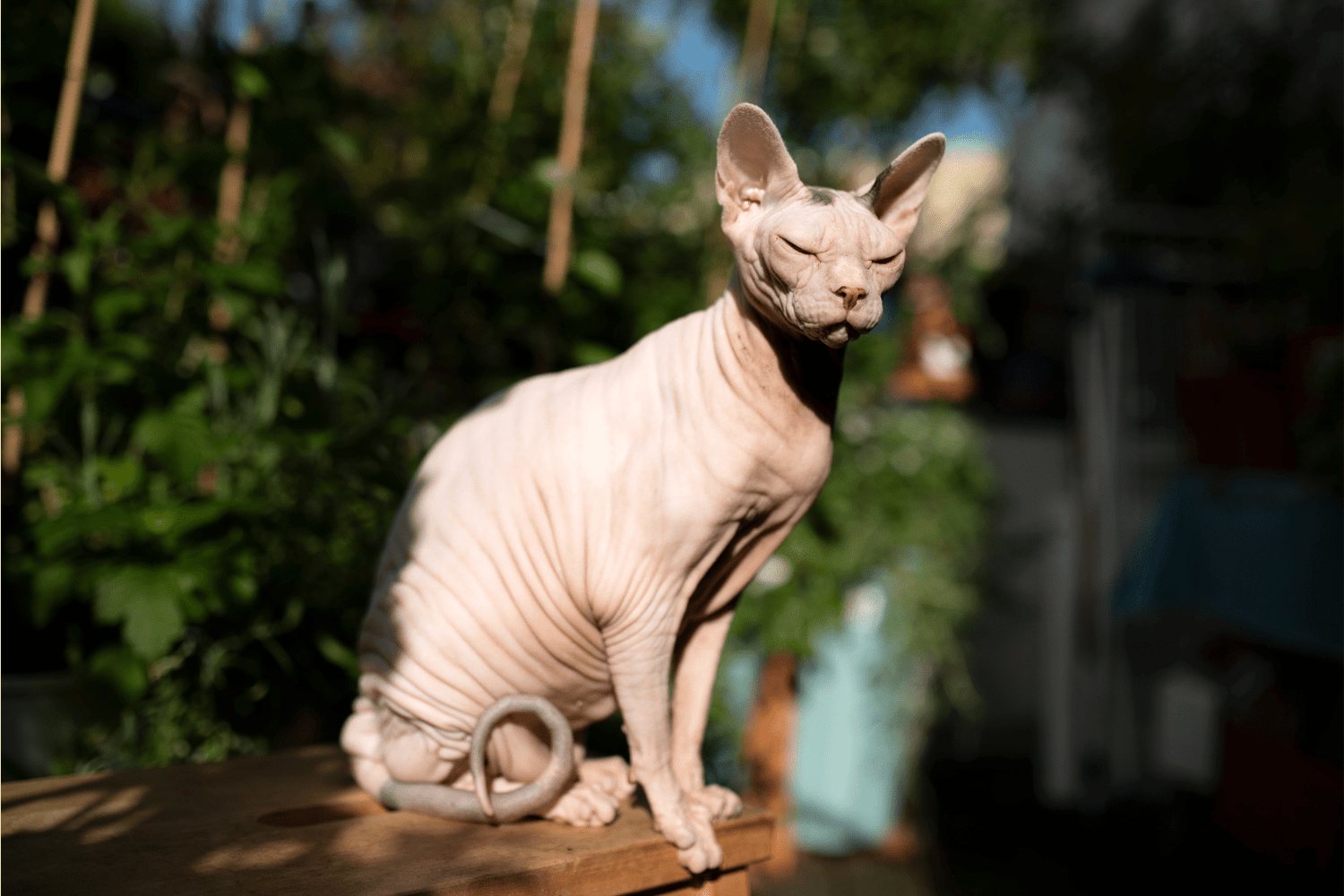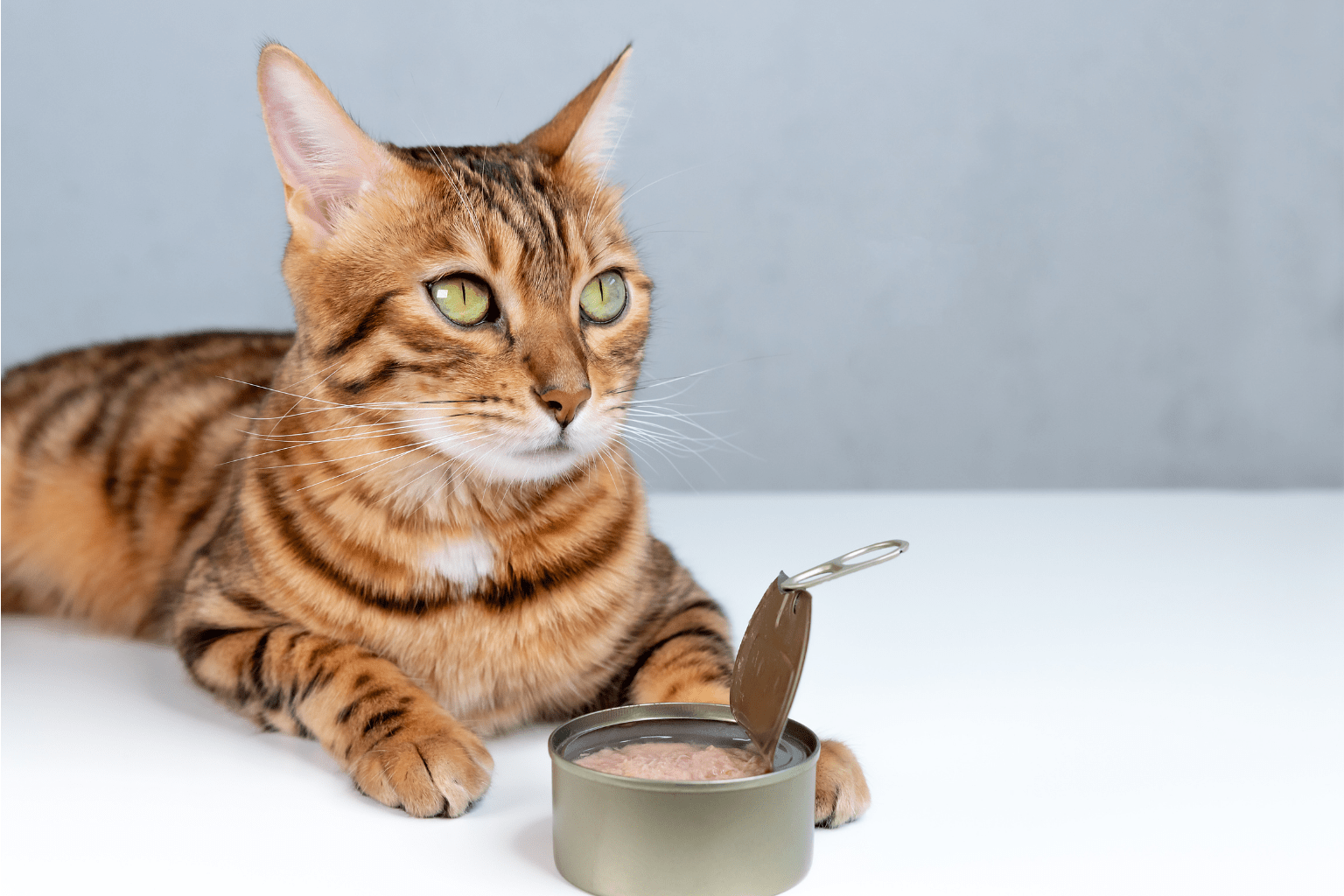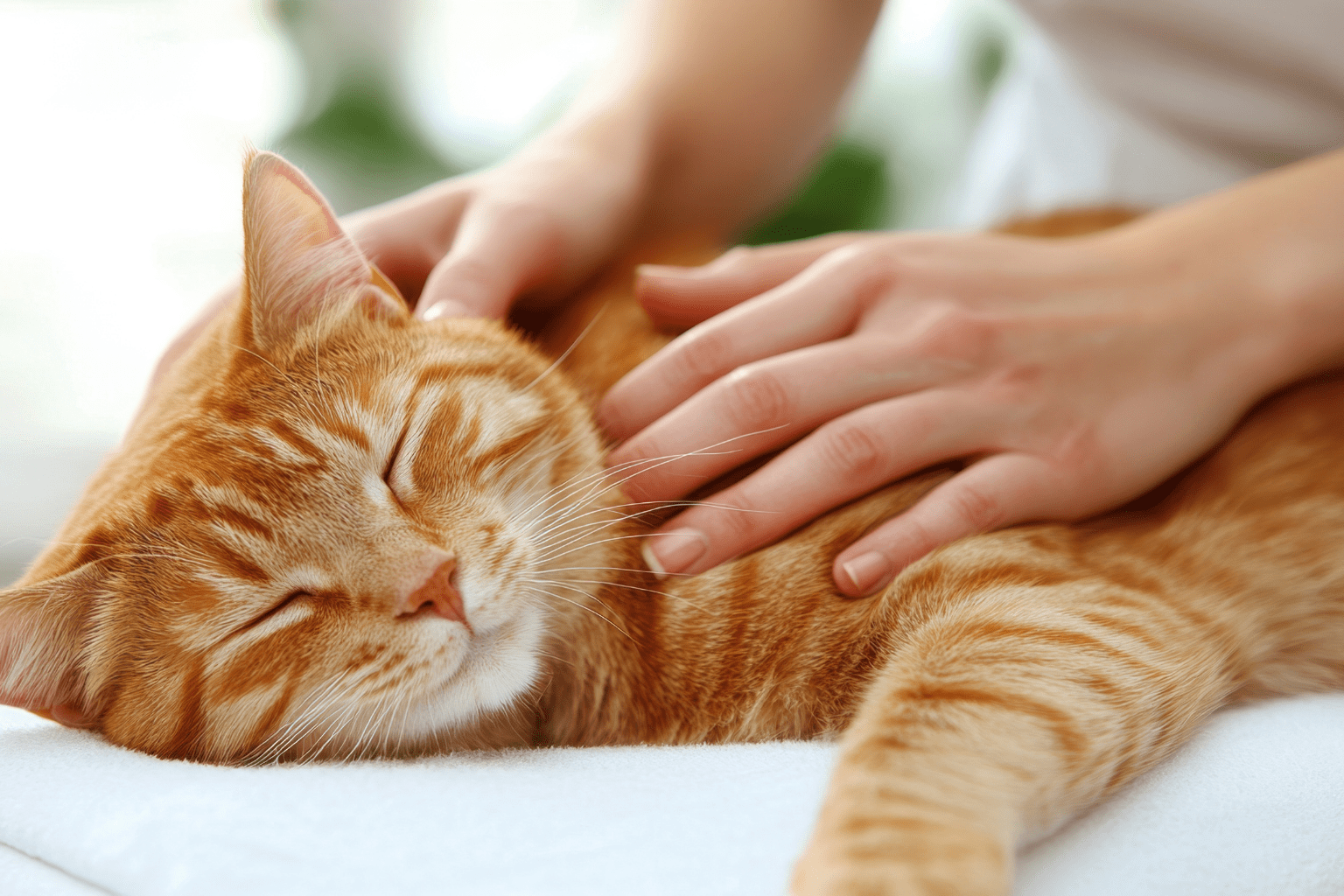Key Takeaways
- High breed cats are purebreds with documented lineages, designer crosses, or exotic hybrids.
- These cats provide predictable traits and striking appearances.
- High breed cats often have fascinating backstories linked to wild ancestors or selective breeding.
- They are highly valued by pet parents worldwide.
Table of Contents
- High Breed Cats: Complete Natural Care Guide 2025
- Categories of High Breed Cats: Purebred, Hybrid, and Designer
- High Breed Cat vs. Mixed-Breed Cat: Health, Personality, and Costs
- Choosing the Right High Breed Cat for Your Home
- Profiles of Popular High Breed Cats
- High Breed Cat vs. Mixed-Breed Cat: Key Differences
- Choosing the Right High Breed Cat for Your Home, A Step-by-Step Guide
- Profiles of Popular High Breed Cats, Traits, Needs & Nuances
- Caring for High Breed Cats, Diet, Grooming, and Enrichment Essentials
High Breed Cats: Complete Natural Care Guide 2025
High breed cats represent the pinnacle of feline breeding, purebreds with documented lineages, designer crosses, and exotic hybrids that captivate pet parents worldwide. Unlike mixed-breed cats, these felines offer predictable traits, striking appearances, and often fascinating backstories that trace to wild ancestors or centuries of selective breeding.
The appeal is undeniable: a Bengal's leopard-like spots, a Maine Coon's gentle giant personality, or a Ragdoll's legendary docility. Yet high breed cats require specialized understanding of their unique needs, from breed-specific health concerns to behavioral quirks that can surprise even experienced cat parents. Natural joint support remedies can be especially beneficial for breeds prone to joint issues, helping to support their mobility and comfort as they age.
At BestLife4Pets, we've supported thousands of purebred and designer cat families with gentle, natural remedies that honor their individual needs. Whether you're considering your first high breed cat or seeking better care for your current feline companion, this guide delivers the insights you need for confident, compassionate decisions.
Categories of High Breed Cats: Purebred, Hybrid, and Designer

Purebred cats represent established breeds with documented pedigrees spanning generations. Think Persian, Siamese, or British Shorthair, breeds with predictable traits refined over decades through careful selection.
Hybrid cats blend wild and domestic genetics, creating stunning felines like Bengals (Asian Leopard Cat crosses) or Savannahs (Serval crosses). These cats often retain wild instincts alongside domestic temperaments, requiring experienced handling.
Designer cats emerge from intentional crossbreeding between established breeds. Toygers (Bengal-tabby crosses designed to resemble tigers) and Cheetohs (Bengal-Ocicat crosses) exemplify this category's creative approach to feline development.
| Category | Example Breeds | Typical Traits | Average Lifespan |
|---|---|---|---|
| Purebred | Maine Coon, Persian, Ragdoll | Predictable size, temperament | 12-16 years |
| Hybrid | Bengal, Savannah, Chausie | High energy, wild instincts | 10-15 years |
| Designer | Toyger, Cheetoh, Serengeti | Variable traits, unique looks | 12-15 years |
High Breed Cat vs. Mixed-Breed Cat: Health, Personality, and Costs
Health considerations reveal key differences between high breed and mixed-breed cats. Purebreds face higher risks of inherited conditions, Maine Coons and hypertrophic cardiomyopathy, Persians and polycystic kidney disease, due to limited gene pools. Mixed breeds benefit from genetic diversity, typically enjoying fewer breed-specific health issues. Can cats get a cold or respiratory infection? Learn more about common feline health concerns and how to support your cat's well-being.
Temperament predictability favors high breed cats significantly. A Ragdoll will likely be docile, a Bengal energetic, a Russian Blue reserved. Mixed breeds offer wonderful surprises but unpredictable personality combinations that may not match lifestyle expectations.
Financial investment differs dramatically. High breed cats cost $500-$3,000+ initially, with specialized veterinary care, premium foods, and breed-specific grooming adding ongoing expenses. Mixed breeds typically cost $50-$200 for adoption, with standard care requirements throughout their lives.
Lifespan Reality Check: Mixed breeds often outlive purebreds by 1-3 years on average, though individual care quality matters more than genetics alone.
Choosing the Right High Breed Cat for Your Home
Assess your living situation first. Large breeds like Maine Coons need space to roam, while active hybrids require extensive vertical territory and enrichment. Apartment dwellers should consider calmer breeds like Ragdolls or British Shorthairs over high-energy Bengals or Abyssinians.
Match energy levels carefully. Working professionals often underestimate breed exercise needs. Savannahs require 2-3 hours of active play daily, while Persians prefer gentle interaction and quiet companionship. Mismatched energy creates behavioral problems and stressed cats.
Consider grooming commitment. Long-haired breeds demand daily brushing, skip a day with a Persian and face matting nightmares. Short-haired breeds like Bengals need weekly grooming but shed considerably during seasonal changes.
Profiles of Popular High Breed Cats

Large "Gentle Giant" Breeds
Maine Coons reign as America's largest domestic cat breed, often weighing 15-25 pounds with males reaching up to 30 pounds. These gentle giants originated in Maine during the 1800s and are beloved for their dog-like personalities and impressive size. Their semi-long coats come in over 75 color combinations, and their tufted ears and bushy tails give them a wild, majestic appearance.
Maine Coons are incredibly social and adaptable, making them perfect for families with children or other pets. They're known for their chirping "trills" rather than typical meowing, and many follow their humans around like devoted companions. Despite their size, they're surprisingly gentle and patient.
Ragdolls earned their name from their tendency to go completely limp when picked up, like a child's toy. These blue-eyed beauties typically weigh 12-20 pounds and are famous for their docile, laid-back temperament. Developed in California during the 1960s, Ragdolls have semi-long, silky coats that require regular brushing but don't mat as easily as some long-haired breeds.
These cats are exceptionally trusting and often lack the typical feline survival instincts, making them strictly indoor cats. They're perfect for apartment living and are known to greet visitors at the door like friendly hosts. Best cat breeds for your family can help you discover more breeds that suit your household needs.
Exotic & Hybrid Breeds
Bengal cats showcase their Asian Leopard Cat ancestry through distinctive spotted or marbled coats that shimmer in sunlight. These medium to large cats (8-15 pounds) are incredibly active and intelligent, requiring substantial daily enrichment. Bengals are talkers who form intense bonds with their families but need experienced owners who can match their energy levels.
Their wild heritage means Bengals often enjoy water play, climbing to high perches, and interactive puzzle toys. They're not lap cats in the traditional sense but are deeply affectionate on their own terms.
Savannah cats represent one of the most striking hybrids, created by crossing domestic cats with African Servals. Their long legs, large ears, and spotted coats create an unmistakably wild appearance. F1 and F2 Savannahs (closer to their Serval ancestors) can weigh 15-25 pounds and require special permits in many areas.
These cats are extremely active and require extensive space for running and jumping. They're loyal but independent, often bonding strongly with one person while remaining aloof with others.
Designer & Specialty Breeds
Scottish Fold cats captivate with their distinctive folded ears caused by a cartilage mutation. These medium-sized cats (6-13 pounds) have round faces and large eyes that give them an owl-like appearance. They're known for their calm, sweet dispositions and adapt well to various living situations.
However, the gene responsible for folded ears can also affect cartilage throughout the body, potentially leading to joint issues. Responsible breeders now often cross Folds with straight-eared cats to reduce health risks. Hip and joint surgery after care tips for dogs and cats can be helpful if your cat ever faces mobility challenges.
Russian Blues are elegant, short-haired cats with distinctive blue-gray coats and bright green eyes. These medium-sized cats (7-12 pounds) are naturally shy but deeply loyal to their families. They're known for being quiet, clean, and somewhat reserved with strangers but playful and affectionate with their chosen humans.
Russian Blues are excellent for allergy-sensitive households due to their dense double coat that produces fewer allergens than many other breeds.
High Breed Cat vs. Mixed-Breed Cat: Key Differences
Understanding the distinctions between high breed cats and mixed-breed cats helps you make an informed decision that aligns with your lifestyle and expectations. Both have unique advantages, and neither is inherently "better" than the other.
| Factor | High Breed Cats | Mixed-Breed Cats |
|---|---|---|
| Temperament Predictability | Highly predictable personality traits based on breed standards | Unique personality combinations; less predictable but often well-balanced |
| Health Considerations | Known breed-specific health risks; easier to screen and prevent | Generally fewer inherited conditions due to genetic diversity |
| Lifespan | 12-16 years average (varies significantly by breed) | 13-17 years average; often longer due to hybrid vigor |
| Initial Cost | $500-$3,000+ from reputable breeders | $50-$200 adoption fees from shelters |
| Grooming Needs | Specific requirements based on coat type and breed standards | Generally moderate; varies by individual cat's coat |
| Availability | May require waiting lists or travel to find reputable breeders | Readily available through shelters and rescue organizations |
Health reality check: While mixed-breed cats benefit from genetic diversity that often reduces inherited diseases, high breed cats aren't automatically "unhealthy." Responsible breeding practices and health testing have significantly improved breed health outcomes. The key is choosing cats from ethical sources that prioritize health over appearance.
Personality considerations: If you're drawn to specific traits, like a Maine Coon's dog-like devotion or a Russian Blue's quiet elegance, purebreds offer predictability. Mixed-breed cats surprise you with unique personality combinations that often create wonderfully balanced companions.
Many experienced cat parents find that mixed-breed cats often combine the best traits of multiple breeds without the concentrated health risks. The key is matching your lifestyle to your cat's energy level and care needs, regardless of pedigree.
Choosing the Right High Breed Cat for Your Home, A Step-by-Step Guide
Start with your household reality. High breed cats thrive when their natural traits align with your daily routine and living space.
Energy assessment comes first. Bengals and Savannahs need multiple play sessions daily and vertical climbing space. Maine Coons prefer interactive games but adapt to calmer households. Ragdolls suit apartment living with moderate playtime.
Quick Match Guide
- Active families with yards: Bengal, Savannah, Abyssinian
- Apartment dwellers: Ragdoll, Persian, Russian Blue
- First-time cat parents: Maine Coon, British Shorthair
- Multi-pet homes: Maine Coon, Ragdoll, Abyssinian
Consider grooming commitment honestly. Long-haired breeds like Persians require daily brushing to prevent matting. Short-haired breeds like Bengals need weekly maintenance but shed year-round.
Budget for breed-specific needs. Larger breeds eat more and need bigger litter boxes. Exotic breeds may require specialized diets. Factor in potential health screening costs for breeds prone to genetic conditions. For more tips on caring for your cat, visit the ASPCA's general cat care guide.
Questions for breeders or shelters: Ask about the cat's socialization with children and other pets, energy level compared to littermates, and any behavioral quirks. Request health clearances for parents when available.
Profiles of Popular High Breed Cats, Traits, Needs & Nuances

Large "Gentle Giant" Breeds
Maine Coons originated as working cats in harsh New England winters, developing their signature tufted ears and water-resistant coats. Males reach 18-25 pounds, females 12-15 pounds. They're known for dog-like loyalty and chirping vocalizations rather than typical meowing.
Ragdolls were developed in California during the 1960s for their docile temperament. They literally go limp when picked up, hence the name. These cats weigh 12-20 pounds and have semi-long coats that surprisingly resist matting.
Special care considerations: Both breeds benefit from elevated feeding stations to reduce neck strain. Their size means they need sturdy cat trees and larger litter boxes. Joint support becomes important as they age, which is where natural remedies can help maintain mobility and comfort.
Exotic & Hybrid Breeds
Bengals descend from Asian Leopard Cats crossed with domestic breeds in the 1970s. They retain wild-type energy and often enjoy water play. Their spotted or marbled coats require minimal grooming but they need extensive mental stimulation. Why do cats love boxes? Discover more about feline enrichment and play behaviors.
Savannahs are Serval-domestic crosses, with F1 generations (first cross) being largest and most wild-like. Many states have ownership restrictions, so check local laws before considering adoption.
Behavioral considerations: These cats often prefer running water, may attempt to "hunt" household items, and need puzzle feeders to engage their problem-solving instincts. They're not suitable for sedentary households.
Designer Cat Breeds
Toygers were developed to resemble miniature tigers, with distinctive striping patterns. They're typically calmer than wild hybrids but more active than traditional domestic breeds.
Cheetohs combine Bengal and Ocicat lineage for a spotted coat with moderate energy levels. They're often good compromises for families wanting exotic looks without extreme care requirements.
| Breed Type | Size Range | Energy Level | Grooming Needs | Best For |
|---|---|---|---|---|
| Maine Coon | 12-25 lbs | Moderate | Daily brushing | Families, first-time owners |
| Bengal | 8-15 lbs | Very High | Weekly | Active households |
| Ragdoll | 12-20 lbs | Low-Moderate | 2-3x weekly | Apartments, seniors |
| Savannah | 12-25 lbs | Extremely High | Weekly | Experienced owners only |
Caring for High Breed Cats, Diet, Grooming, and Enrichment Essentials
Nutritional needs vary significantly by breed. Large breeds like Maine Coons require high-quality protein to support their substantial frame, while active hybrids like Bengals need calorie-dense diets to fuel their energy levels. Senior cats of all breeds benefit from gentle support for joint health and overall vitality.
Grooming requirements differ dramatically. Long-haired breeds need daily attention to prevent matting, while short-haired cats require weekly brushing to manage seasonal shedding. Regular ear cleaning and nail trimming are essential for all high breed cats.
Environmental enrichment prevents behavioral issues. Active breeds need vertical climbing spaces, puzzle feeders, and rotating toy selections. Calmer breeds appreciate cozy hideaways and gentle interactive play sessions.
Health monitoring becomes crucial with purebreds due to their predisposition to certain genetic conditions. Regular veterinary checkups, combined with natural wellness support, help maintain optimal health throughout their lives.
For more in-depth advice on feline health and wellness, see Cornell Feline Health Center's guide to caring for your cat.
Not a substitute for professional veterinary advice.
Frequently Asked Questions
What are the main differences between purebred, hybrid, and designer high breed cats?
Purebred cats have documented pedigrees with traits refined over generations, like Persians or Siamese. Hybrid cats are crosses between wild and domestic cats, such as Bengals or Savannahs, blending wild instincts with domestic temperaments. Designer cats result from intentional crossbreeding between established breeds to create unique looks and personalities.
What special care requirements do high breed cats have compared to mixed-breed cats?
High breed cats often need specialized diets, regular grooming, and mental enrichment tailored to their breed traits. They may also benefit from natural joint support remedies to maintain mobility, especially as some breeds are prone to specific health or behavioral quirks that require attentive care.
How do health risks vary between high breed cats and mixed-breed cats?
High breed cats can be more prone to breed-specific health concerns due to selective breeding, while mixed-breed cats often have more genetic diversity that may reduce some risks. Understanding these differences helps pet parents provide targeted natural support to maintain their cat’s wellbeing.
What factors should I consider when choosing the right high breed cat for my home?
Consider your lifestyle, experience with cats, and the breed’s temperament, grooming needs, and activity level. Some high breed cats require more social interaction or specialized care, so matching their traits with your home environment ensures a happy, healthy companion.



